Knife Maintenance Month: Stropping
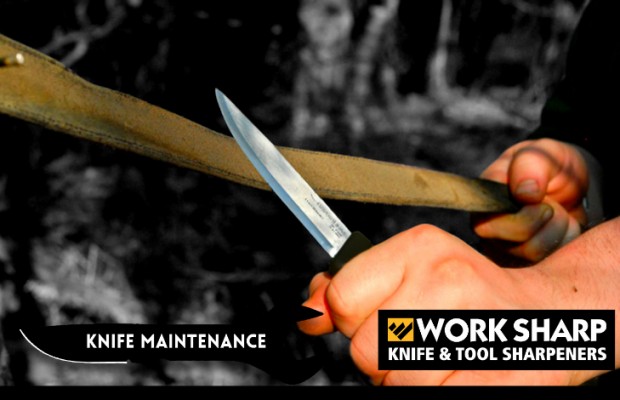
Brought to you by Work Sharp Knife & Tool Sharpeners
Stropping is the easiest way to bring your knives to their ultimate sharpness. After shaping the edge through sharpening, stropping provides the finishing touch – honing that invisible apex to a hair-whittling, scary-sharp point. Stropping is also invaluable for restoring your edges after use. In fact, if your knives are properly sharpened, regular stropping will keep them sharp longer. And the less you need to sharpen your blades, the longer they will serve you.
The main difference between stropping and sharpening is equipment. While sharpening is done with fast moving belts or hard stones, stropping is done with softer materials like leather or balsa wood coated with ultra-fine abrasives. Both require a similar technique – matching and maintaining an edge angle is just as important in stropping as it for sharpening – but stropping always uses edge trailing strokes to keep the blade from cutting into the soft strop.
The apex of a sharp edge is minuscule – as small as 2.5 microns across, roughly three times smaller than the diameter of a single red blood cell. Stropping abrasives can be even finer at just fractions of a micron. Down at this scale, the microscopically thin steel at the edge is relatively delicate, able to invisibly bend, roll, and chip from ordinary cutting. The soft material and ultra-fine abrasive of a strop gently massages the edge apex back into shape, easing out the rolls and sharpening out the chips.
Leather is the most common material used to strop, and typically either bonded to stiff wooden backing or kept flexible, like a belt. The flexible strops are commonly found hanging in barbershops, where they are used to hone straight razor blades before a shave. The wooden-backed strops are often double-sided, and bundled with one or more stropping compounds. These bars of abrasive suspended in wax are usually (but not always) color coded by grit size: white being fine, green being extra fine, and red being extra-extra fine.
Simply rub the compound on the leather, then strop the knife with gentle pressure at the same angle at which it was sharpened. Make sure to use different strops for different compounds, and avoid pushing too hard – the edge will sink slightly into the soft leather which can ’round off’ the edge you’ve worked so hard to keep angular.
One of the greatest things about stropping is that you don’t necessarily need to invest in dedicated gear to see some of the benefits – most anything pliable and gently abrasive will work in a pinch, including cardboard, newspaper, or the back of a plain leather belt. It’s up to you to decide how often to strop your knives, but if your blades are seeing regular use there’s no reason why stropping a knife couldn’t be a daily ritual.
Stropping does have its limitations. It’s great for touching up an imperfect edge, but too gentle to do any meaningful sharpening. If your knife is truly dull, stropping won’t bring back its bite.


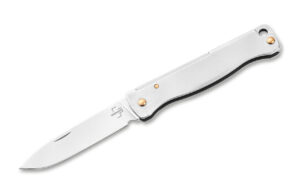
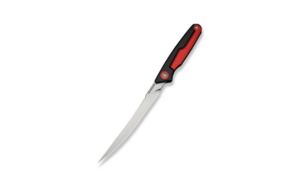
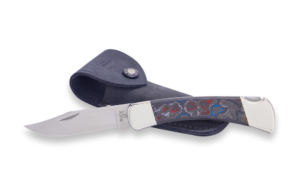
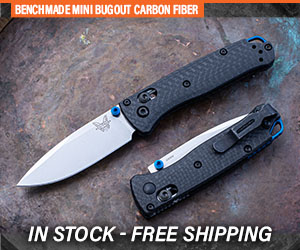





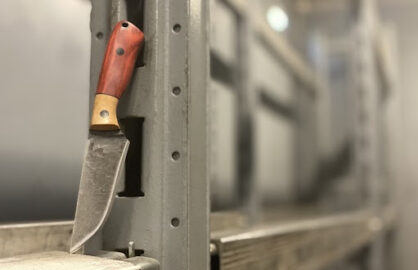

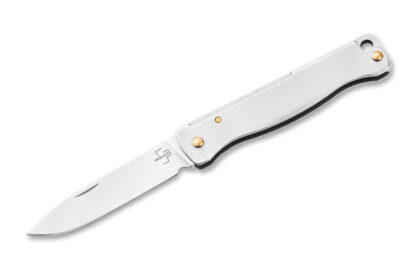
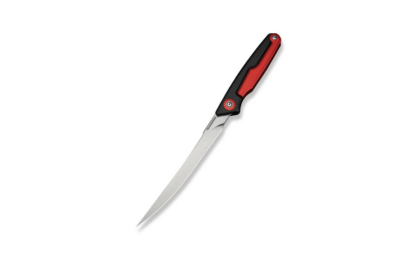

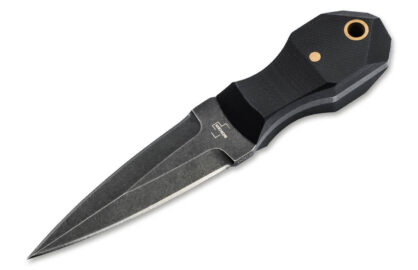



0 comments